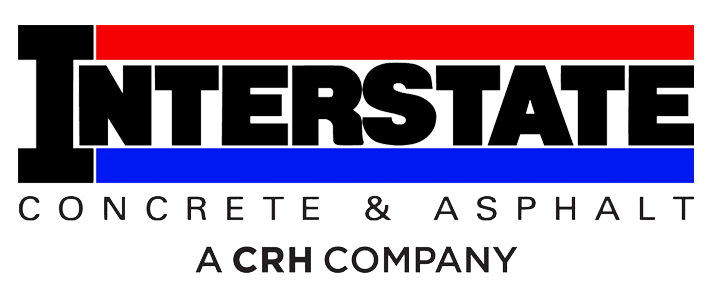5 Ways Unpaved Roads Damage Vehicles
April 12, 2022
As of 2012, the Federal Highway Administration indicated that there “were 1,357,430 miles of unpaved road in the United States, accounting for almost 35% of the more than 4 million miles of roadway in the nation.” This same source cites that many of those unpaved roadways are owned by local and rural owners who carry the responsibility to maintain them. If funding, staffing, and equipment are in short supply for them, it’ll impact the road conditions. While the FHWA attributes only 2% of yearly fatalities to our unpaved roadways, there is something to be said about their impact on our vehicles.
1. Tires
As the single component that comes into contact with the road surface, your tires are essential. Unfortunately, they’re also the first to be brutalized by the roads you drive on. Because unpaved roads tend to erode more easily, deep edges and stones can appear quickly and create significant issues for your tires if they’re struck. Aside from the apparent danger, tire repairs and replacement can get pricey.
2. Alignment
The alignment of your vehicle is a series of adjustments to your suspension that affect the angle of your tire tread as it connects to the surface of the road. When your vehicle routinely travels on unpaved roads, you’re increasingly exposed to significant impacts to your suspension. Those impacts compound and start to force your vehicle out of alignment, causing improper/premature wear on your tires, leading to unwanted vehicle expenses.
3. Shock & Struts
As part of your vehicle’s suspension system, shocks and struts are wearable parts that lessen the impact of road surface obstacles and help you maintain control of your vehicle, especially at higher speeds. The key term here is “wearable.” As you travel over washboard sections (a series of ruts that are common with unpaved roads), your shocks and struts are forced up and down at rapid speeds. Prolonged driving in those conditions leads to premature wear and replacement of those components.
4. Underbody & Paint
When you have unpaved roadways, you typically are dealing with dirt surfaces. With dirt comes mud, and with mud comes deposits that stick to every nook and cranny of your vehicle. With regular exposure, that moisture leads to rust. In addition, with dirt and small aggregates flying around on unpaved surfaces, painted areas of your vehicle will get unwanted scratches and dings that decrease their value and require repair.
5. Engine & Air Filtration
If you’ve ever popped open the hood on a vehicle that spends a good deal of time driving on unpaved roads, you’ll notice something obvious: They’re caked with dirt and debris. That means potential damage to vital engine components as well as clogged, dirty air systems that allow your engine to run appropriately. That same system is also responsible for feeding the air that you breathe into the cabin of your vehicle!
If you’re wondering what it would take to pave a surface that you drive on or know of a road owner who would like to get a quote, contact us, and we’ll be happy to help!

